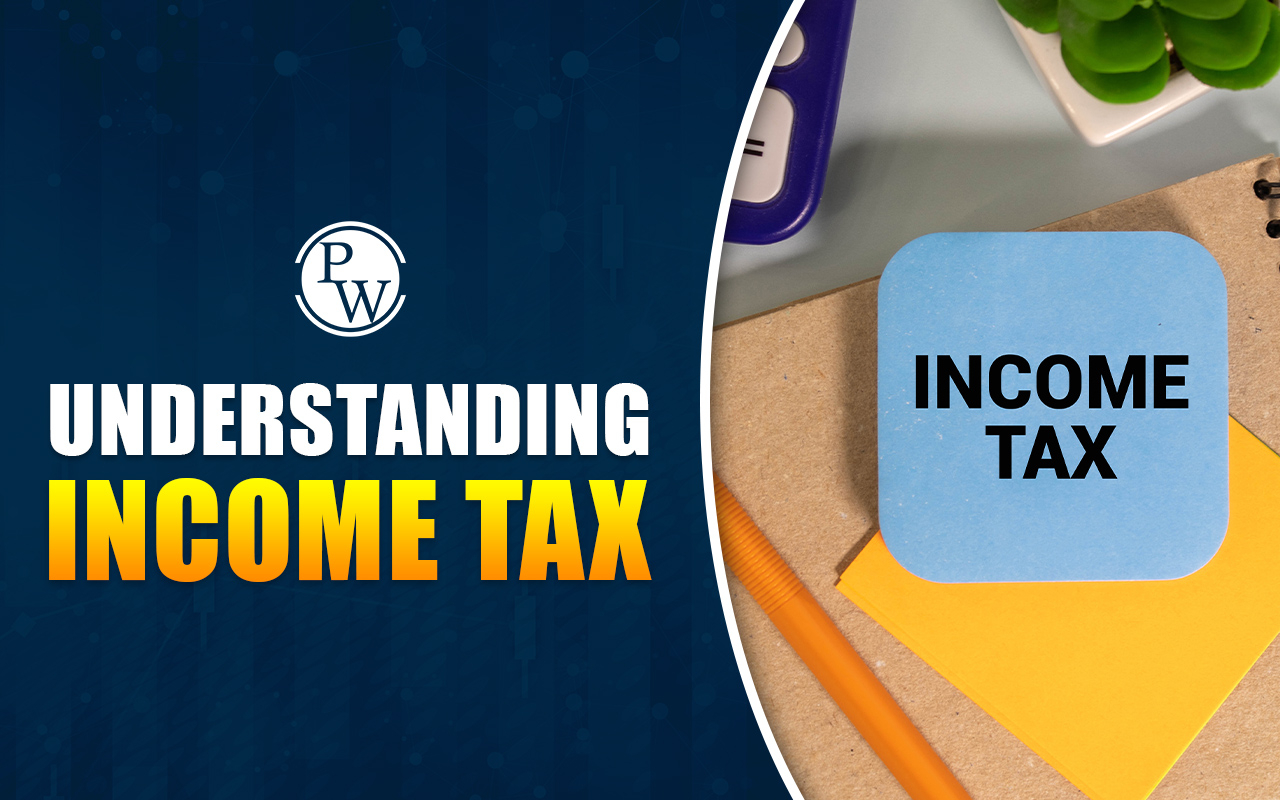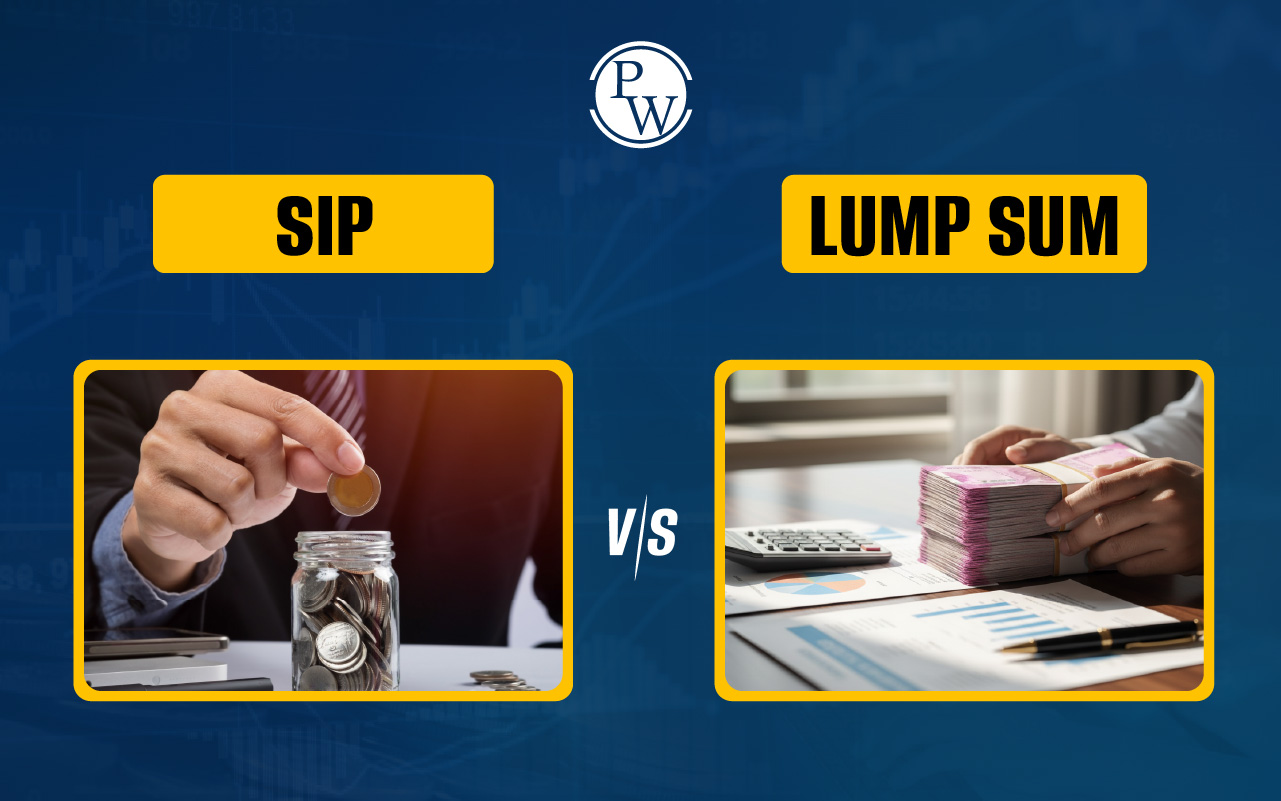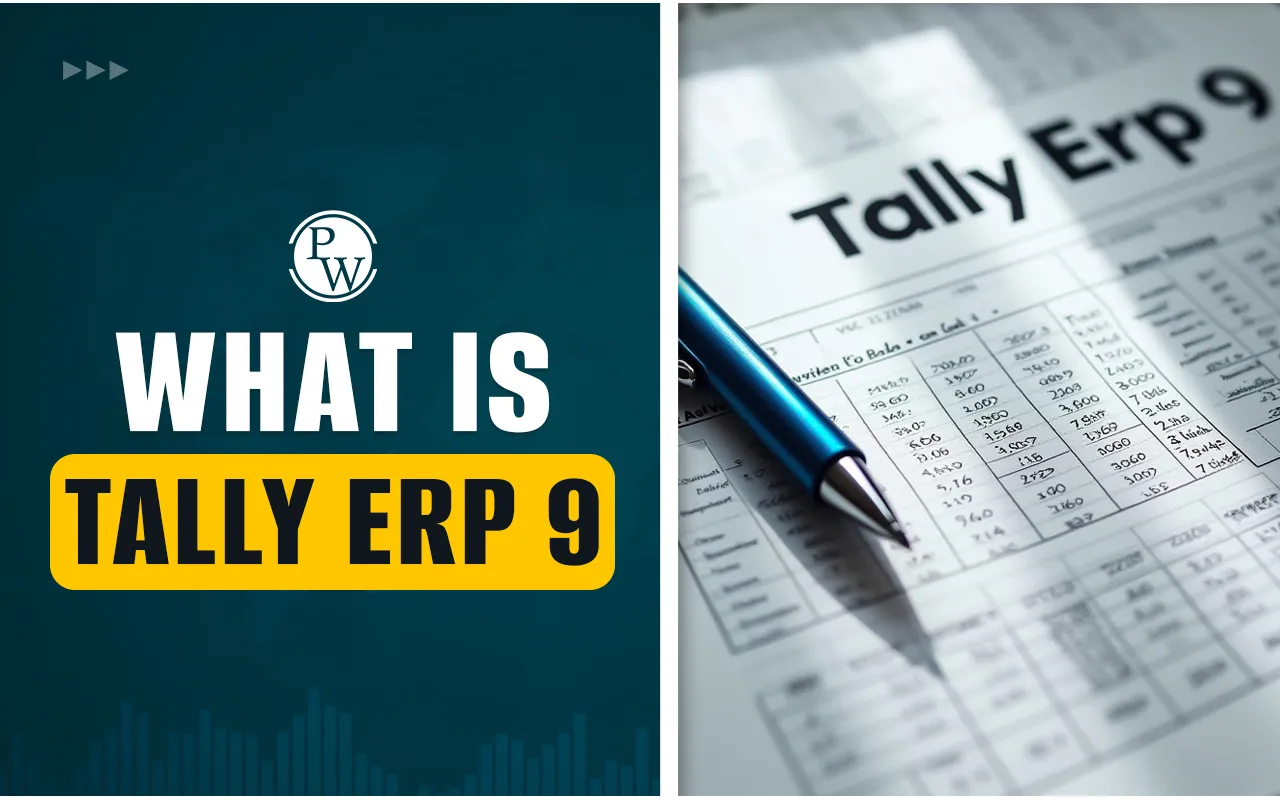
Progressive Tax: Ever wondered why people with higher incomes pay more tax? This happens due to a progressive tax system, where individuals pay higher tax rates as their income increases. This model places a lower burden on low-income earners while asking more from those who earn higher.
The progressive tax definition is rooted in fairness, ensuring those with greater financial capacity contribute more to public services. Used in many countries, including the U.S., progressive taxation supports wealth distribution and social welfare.
Here, we’ll explore what is progressive tax, its examples, the advantages and disadvantages of progressive tax, and how it compares with regressive systems.
What is Progressive Tax?
A progressive tax system applies higher tax rates to individuals as their income rises. In this structure, people with higher earnings contribute a larger portion of their income in taxes, while those with lower incomes are taxed at a lower rate.
For example, someone earning ₹5 lakh may pay 5%, while someone earning ₹20 lakh could be taxed at 30%. This system is divided into tax brackets and aims to reduce income inequality by considering a person’s ability to pay.
The benefits of progressive tax include a more balanced distribution of income and improved funding for public welfare initiatives such as healthcare, education, and poverty support programs.
Examples of Progressive Tax
A progressive tax system charges higher tax rates to individuals as their income or asset value grows. Let’s explore some common forms of progressive taxation that affect individuals and businesses across different sectors:
- Personal Income Tax: The most common form of progressive tax. People are taxed according to income ranges, with higher incomes placed in higher tax brackets. For example, in India, income above ₹15 lakh is taxed at a higher rate compared to income below ₹5 lakh.
-
Corporate Income Tax: Companies with higher profits pay a greater share in taxes. This structure supports progressive taxation by placing more responsibility on large firms compared to small businesses.
-
Inheritance or Estate Tax: Tax on inherited wealth often increases as the value of the estate rises. High-value inheritances may attract higher rates, discouraging wealth concentration.
-
Property Tax: Many cities apply higher property tax rates on premium residential or commercial properties. Expensive assets attract higher taxes compared to standard ones.
-
Capital Gains Tax: Taxes on profits from selling assets like stocks or property can be progressive in some regions—higher profits lead to higher tax rates.
-
Investment and Rental Income Tax: People earning from interest, dividends, or rental properties may face higher tax rates as their passive income grows, aligning with progressive taxation.
-
Luxury and Non-Essential Taxes: Items like luxury cars, tobacco, and alcohol are taxed at higher rates. These taxes mainly affect individuals who spend more on high-end or non-essential goods.
Each of these examples reflects the progressive tax principle—those with greater financial ability contribute more, supporting income fairness and public welfare funding.
Read More - What Is a Tax Consultant?
Advantages and Disadvantages of Progressive Tax
A progressive tax system operates on the principle that individuals with higher earnings should contribute a greater share of their income in taxes. This model supports social fairness by aligning tax contributions with income levels. Let’s explore both the advantages of progressive tax and its drawbacks.
Advantages of Progressive Tax
A progressive taxation system is widely considered fair and efficient, as it allocates the tax burden according to an individual’s financial capacity. Below are some top advantages of progressive tax models:
1. Fair Distribution Based on Ability to Pay:
One of the biggest advantages of a progressive tax is that it taxes individuals according to their income levels. Those with higher earnings contribute a larger share, easing the pressure on low-income groups.
For example, someone earning ₹4 lakh annually pays a much lower percentage in taxes than someone earning ₹25 lakh.
2. Supports Public Services and Welfare Programs:
With higher contributions from high earners, the government collects more revenue. This helps fund infrastructure, healthcare, education, and social welfare programs. These services benefit the entire population, especially the economically weaker sections.
3. Stabilises the Economy During Slowdowns:
A progressive taxation model can act as an automatic stabiliser in a weak economy. During downturns, lower-income households maintain more of their income to spend, while higher-income earners, who have greater saving capacity, bear a bigger tax share without reducing consumption as drastically.
4. Encourages Economic Inclusion:
By reducing the tax burden on low earners, more people are brought into formal financial systems. This helps improve living conditions and supports long-term economic growth through increased spending and participation.
5. Reduces Income Inequality:
Another major advantage of progressive tax systems is their role in reducing the income gap between high and low earners. By taxing the wealthy at higher rates, the system ensures redistribution of income that can fund programmes to uplift the poor.
Read More - Difference Between Tax Planning and Tax Management
6. Promotes Tax Compliance Over Time:
When taxes are structured fairly, especially with gradual rate increases, individuals are less likely to avoid them. A balanced progressive tax model can foster a culture of better tax compliance.
Disadvantages of Progressive Tax
While there are many advantages of progressive tax, the model is not without criticism. Here are the main disadvantages of progressive tax that are often debated:
1. May Discourage High Earnings:
A common concern is that high tax rates may reduce the motivation to earn more. If people know they’ll lose a significant portion of additional income to taxes, they might avoid promotions, investment opportunities, or business expansion.
2. Encourages Tax Avoidance and Evasion:
Wealthy individuals or large corporations may use loopholes, tax havens, or underreporting to lower their tax liability. This not only reduces government revenue but also undermines the fairness of progressive taxation.
3. Can Lead to Capital Flight:
High-income individuals or businesses may choose to invest in countries with lower taxes. For instance, if a country raises top tax rates too sharply, it could push investors to shift their money abroad.
4. Increased Administrative Complexity:
A progressive tax system involves multiple tax brackets, exemptions, and deductions, making it more complex to manage. Governments may need to spend more on staff, systems, and processes to ensure proper collection and enforcement.
5. May Create Perception of Unfairness:
Some critics argue that progressive taxation punishes success. They believe that high earners already contribute more in absolute terms, and further increasing their tax rate may feel excessive or unjust.
While the benefits of progressive tax systems lie in fairness, equity, and better public funding, the disadvantages of progressive tax mainly involve potential disincentives and administrative challenges.
A well-calibrated approach is essential to maintain economic growth while ensuring social justice.
Difference Between Progressive Tax and Regressive Tax
Understanding how taxes work is important to know who pays more and why. Progressive and regressive taxation are two widely used types of tax systems. Both systems are used by governments to collect revenue, but they impact people differently based on their income levels.
Progressive tax takes a higher percentage from those who earn more, while regressive tax takes a larger share from those with lower incomes. Let’s explore their differences in the table below:
|
Progressive Tax vs. Regressive Tax: Key Differences |
||
|
Feature |
Progressive Tax |
Regressive Tax |
|
Meaning |
A tax structure in which the rate of taxation rises with an individual’s income level |
A tax structure in which the rate either remains constant or becomes lower as a person’s income rises |
|
Who Pays More |
People with higher incomes pay a larger portion of their earnings as taxes |
People with lower incomes end up paying a larger portion of their earnings in taxes |
|
Impact on Income |
Helps reduce income inequality by taxing the wealthy more |
It may widen income inequality as it places a heavier tax load on lower-income individuals |
|
Basic Idea |
Based on the ability to contribute, individuals with higher earnings are required to pay a greater share |
The tax burden remains uniform for all individuals, no matter how much they earn |
|
Examples |
Income tax, inheritance tax, and certain forms of property taxation |
Sales tax, excise tax, fuel tax, and payroll tax |
|
Effect on Society |
Promotes a fairer distribution of wealth and supports social welfare programs |
Can lead to unfair burden on lower-income individuals |
|
Revenue Collection |
Often generates higher revenue from wealthier sections |
Easier to collect but may not raise enough from wealthier individuals |
|
Administrative Effort |
It involves additional effort because of the various income slabs and complex calculations |
Simpler to manage as the rate is uniform |
|
Example Comparison |
A person earning ₹10 lakh may pay ₹2 lakh tax (20%), while one earning ₹2 lakh pays ₹10,000 (5%) |
Both a rich and a poor person pay ₹500 sales tax on a product, which is a bigger share of income for the poor |
The following table shows the core differences between progressive and regressive tax systems. Progressive taxation is often viewed as fairer in systems aiming to address income inequality.
Understanding progressive tax helps you see how income impacts tax obligations and public spending. It is useful in careers related to finance, accounting, and policy.
Learn Taxation and Accounting with PW
The PW Accounting and Taxation Course is a 4-month online program designed with PwC India. It covers core topics in finance, tax, and accounting, along with hands-on training in Zoho Books and Excel. The course also includes industry-relevant insights to help build practical knowledge.
Sign up for the PW Accounting and Taxation Online Course to start building your finance and tax skills!
FAQ
What is a progressive tax?
What are the advantages of a progressive tax?
Can you give some examples of progressive tax?
How is progressive tax different from regressive tax?
Is the Indian tax system progressive?










